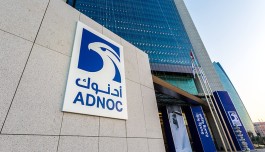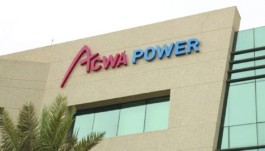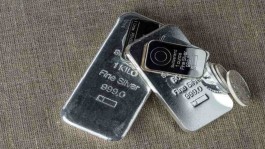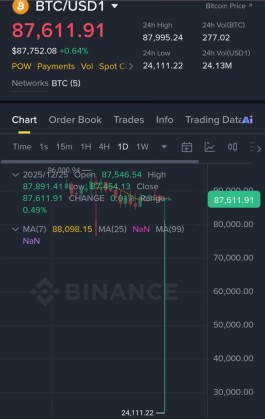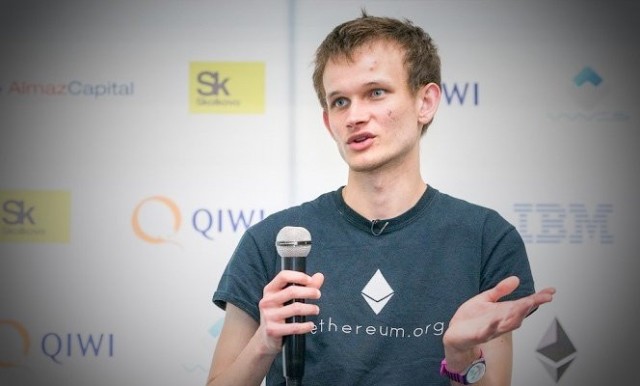Ethereum (ETH) developer Tim Peko said that Killen successfully passed the Ethereum Merge, with validators producing post-merge blocks containing transactions.
According to Cowen Telegraph, Killen will be the last testnet to upgrade Merge (formerly Ethereum 2.0) before upgrading existing public test networks.
This merger marks the culmination of six years of research and development in Ethereum and will result in a more secure network, predictable block times and a +99.98% reduction in usage power when released to the main grid later in 2022.
However, it didn't seem that everything went according to plan during testing. According to Keelen Explorer, there were several errors related to creating nodes.
In a follow-up tweet, Beko said the client is not consistently producing blocks, even though the network is stable, with more than two-thirds of the validators exiting correctly.
Ethereum developer Marius van der Wijden also commented, noting that Prism was suggesting bad blocks during the transition in Killen.
Prism is a variant of the Go programming language to implement the Ethereum compatibility specification. As van der Wejden said, it turned out that one block had incorrect base charges for each gas value, and replacing it with the actual expected base value seemed to solve the problem.
In its official roadmap, the Ethereum Foundation states that the Merge upgrade will be shipped by the end of the second quarter of 2022. However, some features, such as the ability to withdraw stacked Ethereum, will not be available immediately after the MERG, as developers focus their efforts on the latter.








